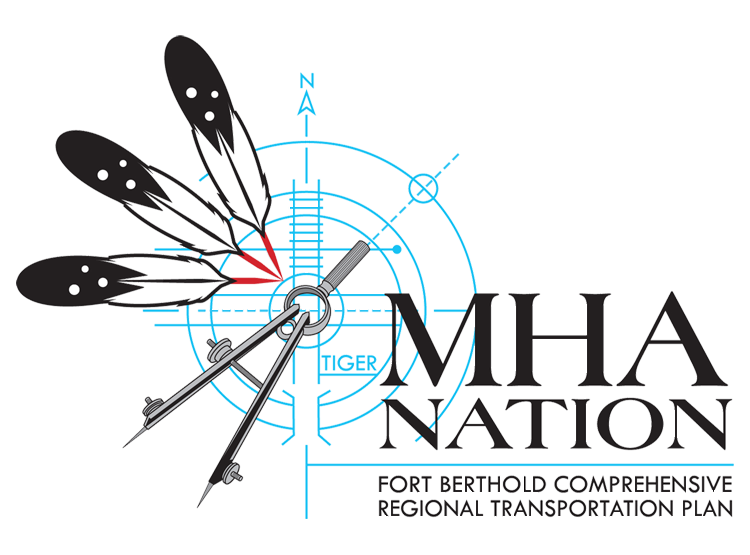Photo Credit: Alex Basaraba
As part of the Fort Berthold Regional Comprehensive Transportation Plan, we are in the final stages of developing a road inventory update for the Three Affiliated Tribes. Over the last year, we have been driving, recording and mapping roads on Fort Berthold in order to account for roads constructed over the last decade which will improve our eligibility as a Tribe for federal funding for road maintenance and construction. This new data (road location, surface type, and width) is now being analyzed and mapped. From there, it will be reviewed by the Tribe and then submitted to the BIA (RIFDS) to be considered for additional road funding for MHA Nation.
What is RIFDS?
The Road Inventory Field Data System or RIFDS is a federal database that is used by the BIA and Federal Highway to document roads serving tribal populations. For land based Tribes, these roads fall within the reservation boundary while non land-based tribes can submit general roads that serve their Tribes’ population. RIFDS was first established in 2004 to create a digital database for tribal roads. Prior to RIFDS, all roads were submitted to the BIA using the 5704 paper form. Each road submitted to RIFDS has certain required attribute fields that must be filled out such as surface type, road ownership, road width, surface condition and terrain type.
Why is Road Inventory important?
The Tribal Transportation Program (TTP) program distributes money to each Tribe based on a BIA funding formula using miles of road and population. Having an updated road inventory ensures that each Tribe is receiving its proper share of formula funding from the TTP program and in order to spend TTP money on a road, that specific road must be in the inventory. Tribes can include proposed roads in their inventory, enabling them to spend TPP money on the proposed road project immediately. The funding from the TTP program is a fixed amount, therefore an increase in one Tribes’ formula share results in the decrease of other Tribes. Currently the formula funding is based on 2011 mileage numbers for each Tribe, but many Tribes have added considerable amounts of miles to RIFDS since then. In future highway bills that fund the TTP program, it is very likely that the road mileage used to calculate funding will be updated to account for a more recent year resulting in a shift in funding for all Tribes. In order to prepare for the next iteration of the highway bill, having an up to date road inventory submitted to RIFDS is in the Tribes best interest.
Having an updated road inventory for federal funding purposes is important but it also allows for tribal governments to make informed decisions about infrastructure management for their people. Having in-depth road data allows for new construction projects and road maintenance to increase efficiency and safety. Long range transportation planning is also an intricate part of successfully managing and creating a road system that better serves the people. Utilizing the most up-to-date road data helps ensure that long range planning is data driven and focused on improving the current infrastructure.

